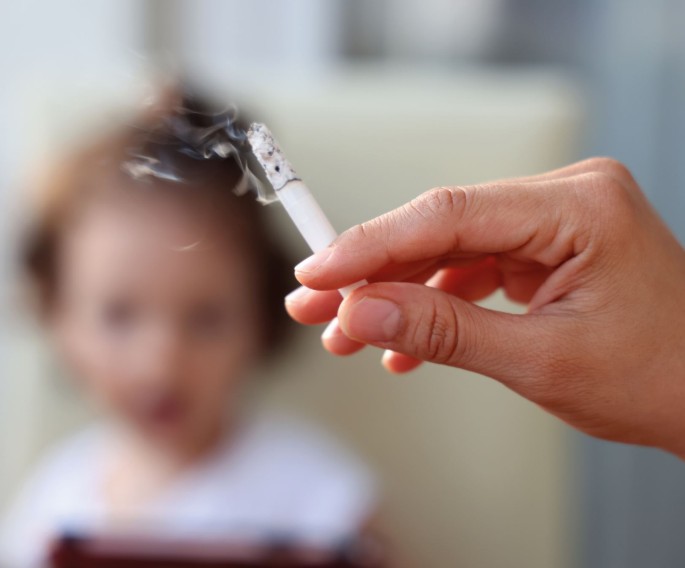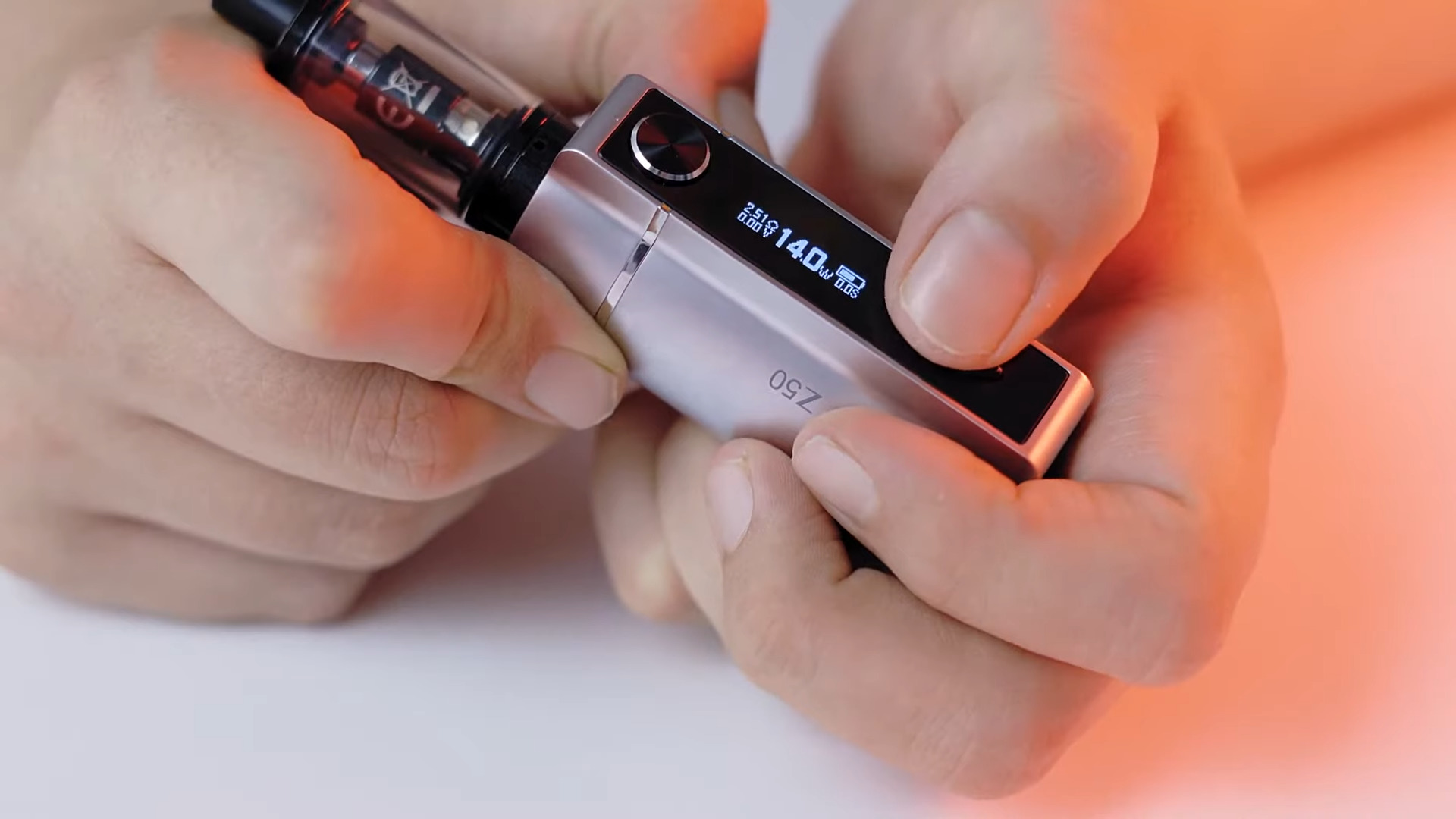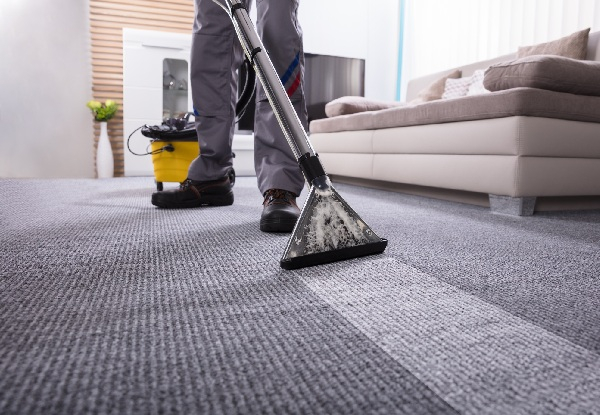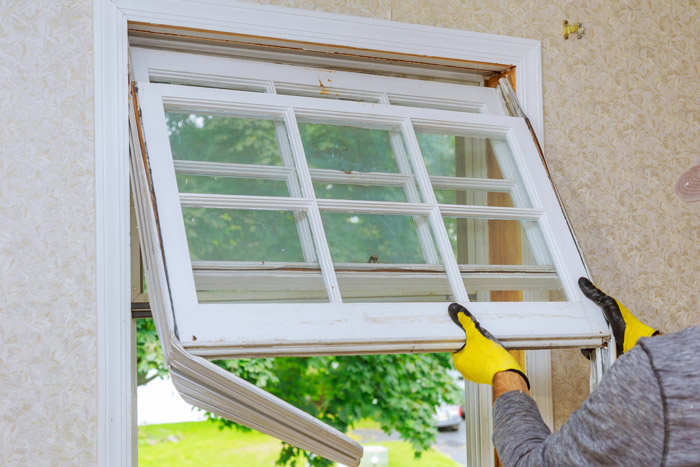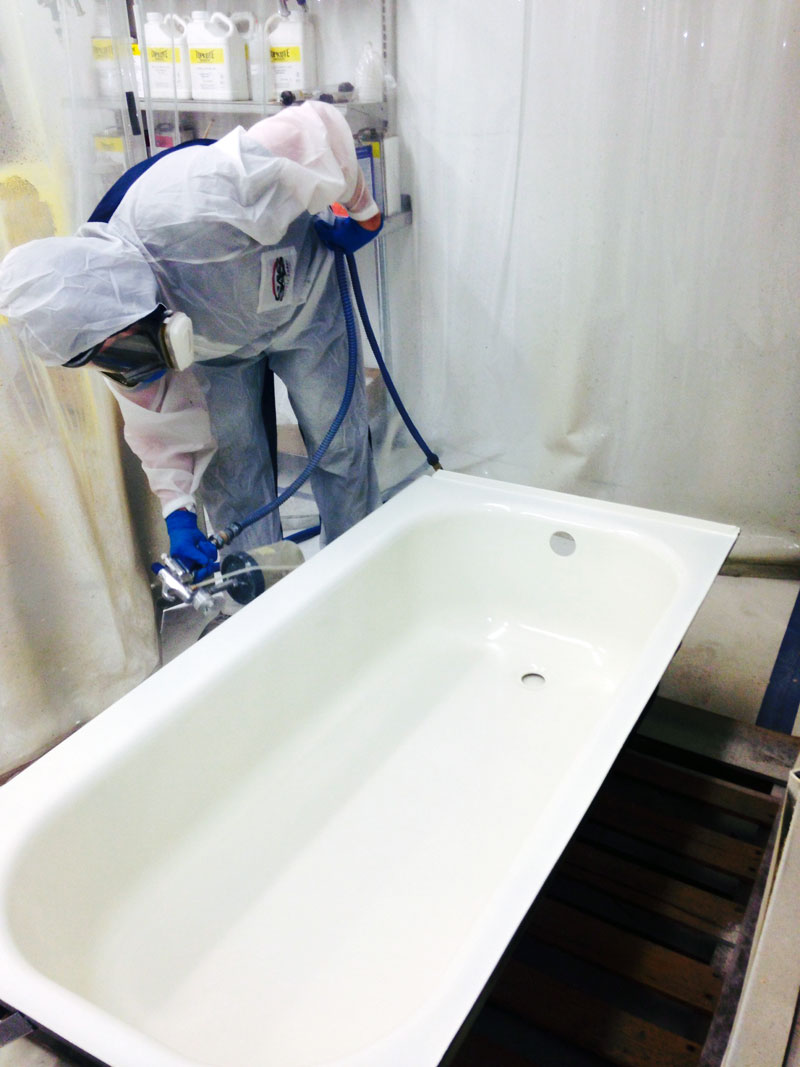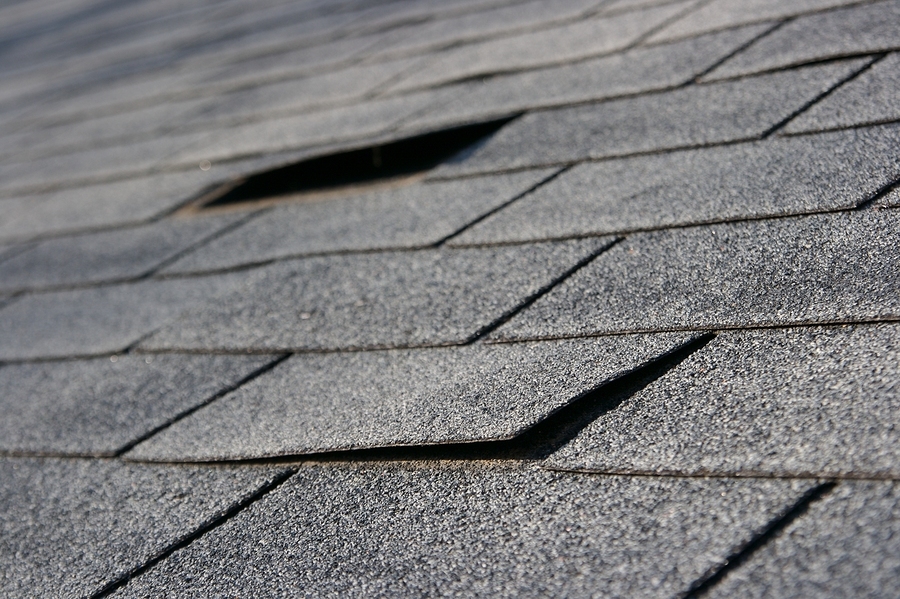The Unseen Danger: Understanding the Impact of Secondhand Smoke

The Unseen Danger: Understanding the Impact of Secondhand Smoke
While most people are aware of the harmful effects of smoking on individuals, the dangers of secondhand smoke are often overlooked. Secondhand smoke, also known as passive smoke or environmental tobacco smoke, is a significant public health concern that affects both smokers and non-smokers alike.
Secondhand smoke is the combination of smoke exhaled by a smoker (mainstream smoke) and the smoke released from the burning end of a cigarette, cigar, or pipe (sidestream smoke). It contains over 7,000 chemicals, hundreds of which are toxic, and at least 70 are known to cause cancer. Among these harmful substances are nicotine, carbon monoxide, formaldehyde, and benzene, which pose serious health risks to those exposed to them.
Health Effects of Secondhand Smoke
1. Respiratory Issues: Secondhand smoke can cause or exacerbate respiratory problems, particularly in children and individuals with pre-existing conditions like asthma and chronic obstructive pulmonary disease (COPD). It can lead to symptoms such as coughing, wheezing, shortness of breath, and an increased frequency of respiratory infections.
2. Cardiovascular Diseases: Non-smokers exposed to secondhand smoke are at an increased risk of developing heart disease and experiencing cardiovascular events such as heart attacks and strokes. Even brief exposure to secondhand smoke can have immediate adverse effects on the heart and blood vessels.
3. Cancer: Secondhand smoke is classified as a known human carcinogen by the U.S. Environmental Protection Agency (EPA) and the International Agency for Research on Cancer (IARC). It is associated with an increased risk of lung cancer, as well as other types of cancer, including breast cancer in younger women.
4. Children's Health: Children exposed to secondhand smoke are at higher risk of sudden infant death syndrome (SIDS), respiratory infections, ear infections, and asthma exacerbations. It can also affect lung development, leading to long-term health issues in adulthood.
5. Pregnancy Complications: Pregnant women exposed to secondhand smoke face a higher risk of miscarriage, premature birth, low birth weight, and developmental issues in their babies.
READ ALSO: The Necessity of Air Humidifiers for a Healthy Home Environment
Creating smoke-free environments is crucial to protecting individuals from the dangers of secondhand smoke
Many countries and jurisdictions have implemented laws and policies to restrict smoking in public places, workplaces, and even private spaces like homes and cars when children are present. Such measures not only protect non-smokers but also encourage smokers to quit or reduce their smoking habits.
Protecting Yourself and Others
1. Avoid Exposure: Whenever possible, avoid places where smoking is allowed or where individuals are smoking. Choose smoke-free restaurants, hotels, and other public spaces to protect yourself and your family.
2. Encourage Smoke-Free Policies: Advocate for smoke-free policies in your workplace and community. Support initiatives that promote tobacco control and raise awareness of the hazards of secondhand smoke.
3. Provide Support to Smokers: If you know someone who smokes, offer them your support in their efforts to quit. Quitting smoking not only improves their health but also protects those around them from secondhand smoke exposure.
Conclusion
Secondhand smoke is an invisible threat that can have severe consequences for both smokers and non-smokers. Being informed about the health risks and understanding the importance of creating smoke-free environments is essential for safeguarding our well-being and that of future generations. By working together to raise awareness and promote tobacco control measures, we can take significant strides towards reducing the impact of secondhand smoke and building healthier communities for everyone.
